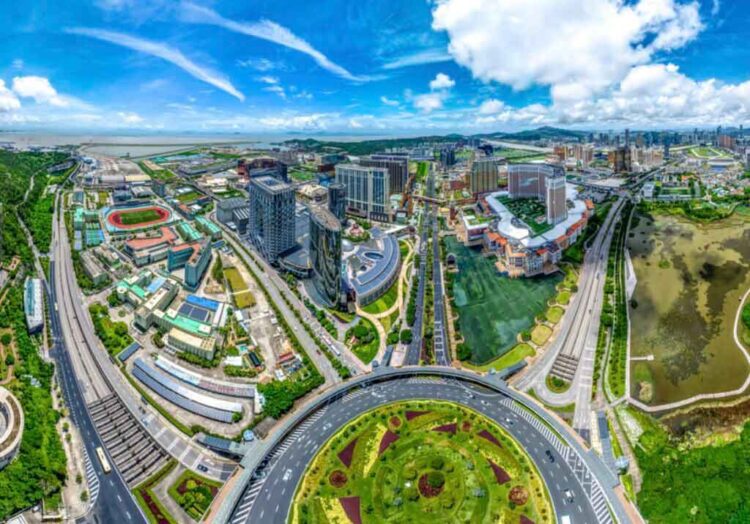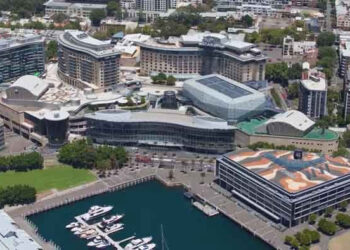The implementation by the US government of a 10% tariff on imports from China could ultimately benefit Macau’s tourism and leisure sector with Chinese policymakers likely to focus on boosting domestic consumer confidence in response, according to a report by Seaport Research Partners.
In a Thursday note, Seaport analyst Vitaly Umansky pointed out that the firm’s 2025 Macau GGR growth forecasts are heavily dependent on Beijing continuing to launch stimulus provisions that lead to an improvement in economic activity and consumer confidence in China – particularly after a slower than expected Chinese New Year Golden Week period.
Seaport estimates have Golden Week GGR across the eight-day holiday period coming in at around MOP$6.24 billion (US$778 million) at a daily average of MOP$780 million (US$97.2 million), down 1% year-on-year and 8% lower than CNY in 2019.
However, US President Donald Trump’s US tariff policy could provide an unexpected tailwind for Macau’s gaming operators.
“With an increasing tariff regime in the US, we expect China policymakers to more forcefully look at expanding consumption and improving domestic consumer confidence,” Umansky said. “Such policy initiatives should have a positive tailwind to Macau revenues.
“Fiscal stimulus (higher government spending) and regulatory easing measures will be important in building consumer and business confidence. An area of central focus remains shoring up the real estate market, which has contributed to a drag on the economy and has significantly weakened consumer confidence. Our view on China economic improvement and corresponding uplift in consumer sentiment could lead to stronger base mass recovery (with continued premium growth) in the latter part of 2025.”
While the recent CNY Golden Week missed forecasts, it was noted by Umansky that the holiday has historically delivered mixed results.
By Seaport’s numbers, average daily visitation of 163,700 across the eight-day holiday period was down 4% year-on-year and down 5% on 2019, although estimated GGR per visitor of US$593 was up 3% on 2024 CNY.
Discussions with operators again suggest that premium mass performed better than base mass, the latter segment still taking its time to recover post-COVID.
In terms of contribution, this year’s CNY holiday is seen contributing 2.6% to Macau’s annual GGR based on a 2025 revenue forecast of MOP$242 billion (US$30.2 billion), compared with a 2.7% contribution last year and 2.0% in 2019.
Despite a weaker CNY, Seaport is still expecting GGR of MOP$18.5 billion in February – representing a slight improvement both month-on-month and year-on-year – while January and February combined is seen falling by 2.8% year-on-year.
“Even with what is likely to be a softer than originally expected Jan/Feb and CNY holiday period, we stick to our 2025 GGR growth of nearly 7% in Macau with upside surprise possible on a turnaround in the Chinese economy and consumer sentiment,” Umansky said.






























